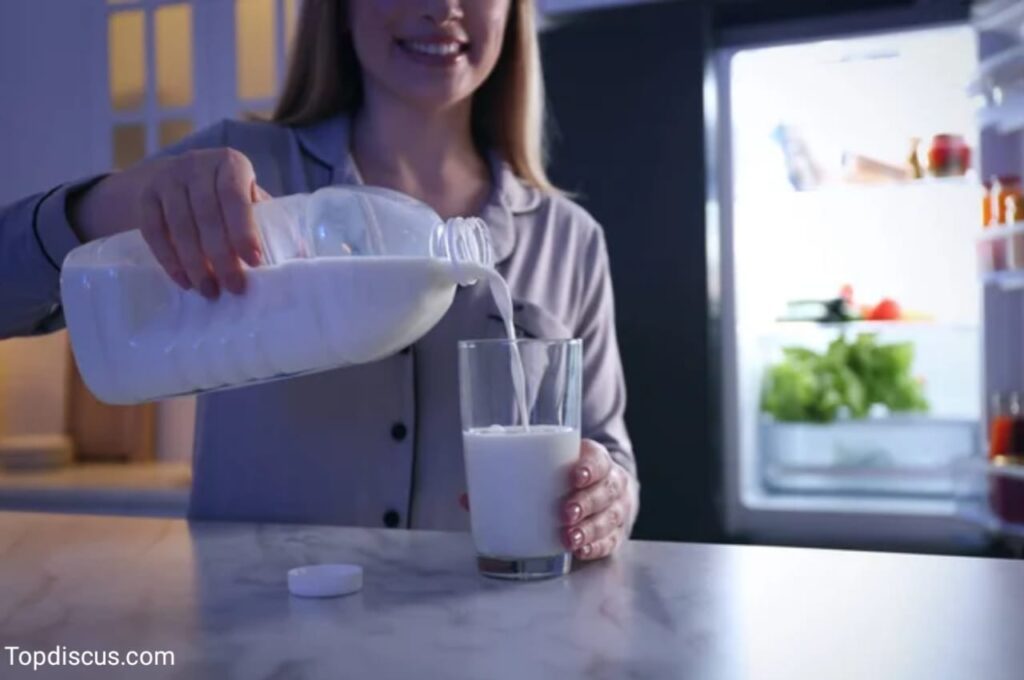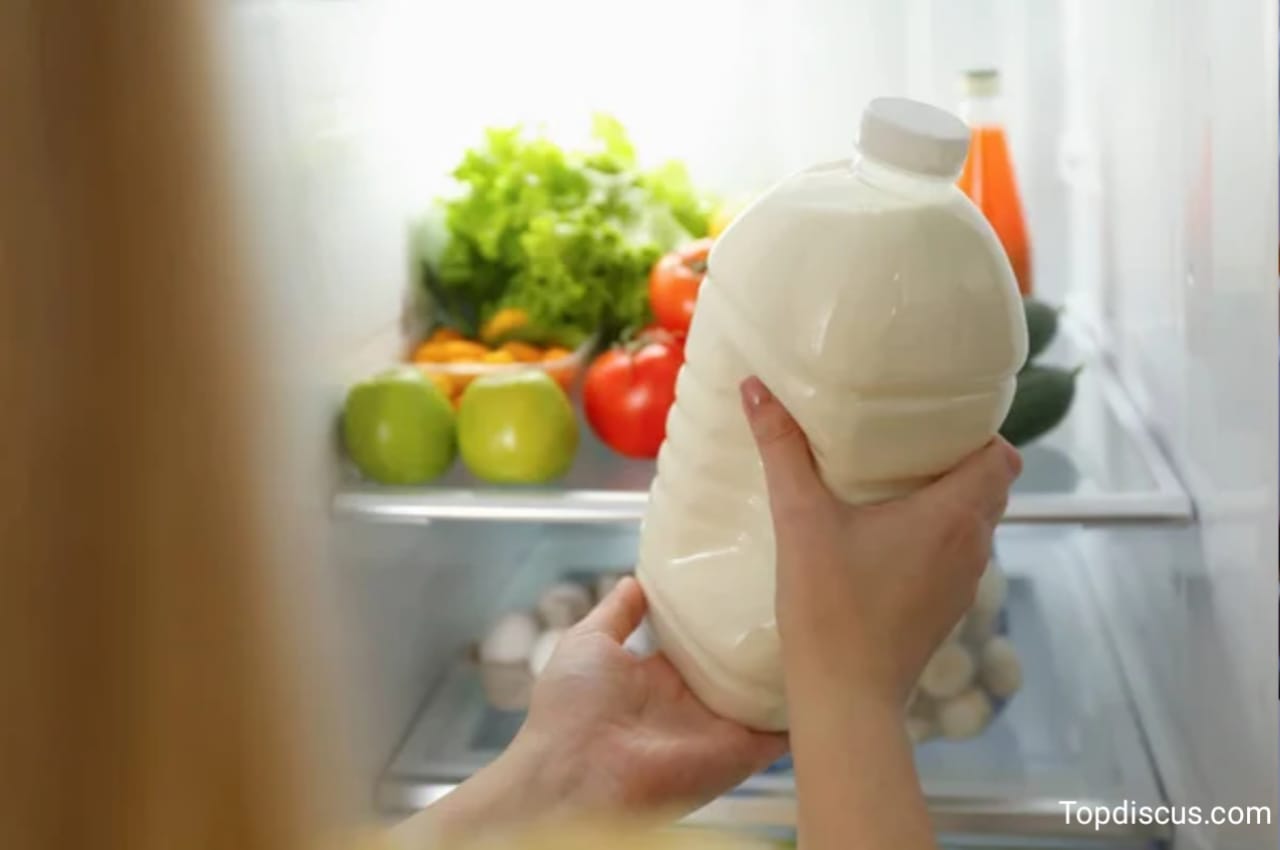In this comprehensive guide, we delve into how many quarts in a gallon, why you might need to know this, and practical examples that can help reinforce your understanding. Understanding the conversion of quarts to gallons is a fundamental skill, not only for students but for anyone dealing with measurements in their day-to-day lives. Imagine you’re in a chemistry lab or cooking a large batch of your favorite soup, and the recipe you’re following is in quarts, but you need to measure in gallons—this is a situation where knowing the conversion would be invaluable.
What is a Gallon?
To start, let’s define what a gallon is. A gallon is a unit of volume in the United States customary and imperial measurement systems. The U.S. gallon is legally defined as 231 cubic inches, which is exactly 3.785411784 liters, or about 4 quarts. This unit of measurement is most commonly used in the United States. Still, you may also encounter it in some Caribbean and Latin American countries, as well as the United Kingdom when referring to its imperial gallon.
What is a Quart?
A quart is also a unit of volume in the United States’ customary and imperial measurement systems. It is equal to one-fourth of a gallon, which means there are 4 quarts in a gallon. A quart is commonly denoted using the abbreviation “qt.”
How Many Quarts In A Gallon?
US Gallon to Quart Conversion:
1 gallon = 4 quarts
1 quart = 0.25 gallons
Imperial Gallon to Quart Conversion:
1 (UK) imperial gallon = 4.54609 liters (exactly)
1 (UK) imperial gallon = 4.54609 quarts
1 quart in the UK is equal to 1/4 Imperial gallons, or 1.1365225 liters.
Remember there are different types of gallons; for our purposes, we’ll focus on the U.S. gallon. For educational purposes and consistency, we’ll use the U.S. customary system throughout this guide, which may be different if you’re in a country using the imperial system. “Click Here To Visit Our Homepage”
Quarts to Gallons Conversion Table:
To make life easier, especially for detailed, day-to-day conversions, here’s a handy table:
| Quarts (US) | Gallons (US) |
Quarts = Gallon
1 = 0.25
2 = 0.5
3 = 0.75
4 = 1.0
5 = 1.25
6 = 1.5
7 = 1.75
8 = 2.0
1 quart is one-fourth (1/4) of a gallon.
1 gallon contains 4 quarts.
Using this table, you can easily determine the gallons for any given quart or vice versa.
Tips for Quick Quarts to Gallons Conversions
Understanding the Relationship
It’s important to learn that the relationship between quarts to gallons is based on the U.S. customary conversion factor. Once you internalize this, it becomes second nature.
“Click Here For More Information”
Mental Math Tricks:
For converting quarts to gallons, divide the number of quarts by 4.
Reverse the process to convert from gallons to quarts by multiplying the number of gallons by 4.
Why is it Important to Know How Many Quarts in a Gallon?
1. Everyday Life:
 Cooking: You might need to convert a gallon recipe to quarts if you’re cooking for a small group, or vice versa for a larger crowd.
Cooking: You might need to convert a gallon recipe to quarts if you’re cooking for a small group, or vice versa for a larger crowd.
Gardening: If you use a gallon jug to water your plants, but your plants need a certain number of quarts, knowing this conversion will save you time.
Estimating quantities: For tasks like home brewing or DIY projects, you’ll need to know the equivalent measure in quarts and gallons for materials like paint or oil.
2. Academic and Professional Settings:
Education: Students studying science or home economics need to convert between quarts and gallons for various experiments and recipes.
Fields like chemistry and engineering often deal with large quantities, where understanding these conversions is essential.
3. Travel and International Commerce:
When traveling to countries that use the imperial system, you may need to understand the quart-to-gallon conversion to make sense of local measurements or fill up your car with gas, for example. Now that we’ve established the significance, let’s explore some practical applications.
Practical Examples for Quarts to Gallons Conversion.
4. Cooking and Baking:
If a recipe calls for 1 gallon of milk, but you only have a 3-quart carton, how many cartons do you need? You can use the conversion factor:
1 gallon = 4 quarts
3 quarts = (3/4) * 1 gallon
Therefore, you’d need 3/4 of a gallon, or equivalently, 2 quarts and 2 cups.
5. Measurement in Construction and Engineering:
 Imagine a construction site where you must mix a large quantity of concrete. A ratio of 1 part cement to 4 parts aggregate is suggested. If you know that you need 1 gallon of cement, how many gallons of aggregate do you need?
Imagine a construction site where you must mix a large quantity of concrete. A ratio of 1 part cement to 4 parts aggregate is suggested. If you know that you need 1 gallon of cement, how many gallons of aggregate do you need?
1 part cement = 1 gallon
4 parts aggregate = 4 * 1 gallon = 4 gallons
So, you need 4 gallons of aggregate to mix with 1 gallon of cement.
6. Conversions in Phases and Solutions:
When exploring solutions or phases in chemistry, knowing how to convert between quarts and gallons can be critical. Let’s say you have a 10-gallon tank and you want to fill it with a solution that’s 30% water. How many quarts of water do you need?
10 gallons * 0.30 = 3 gallons
Since there are 4 quarts in a gallon, 3 gallons * 4 quarts = 12 quarts
These are just a few examples of how understanding the quarts to gallons conversion is necessary in various applications.
Conclusion:
Mastering how many quarts in a gallon is a valuable skill that can save time, enhance understanding, and provide utility across a variety of settings. It’s foundational knowledge that’s particularly important for students studying science, as well as for professionals working in fields like engineering or food service. Remember, knowing this conversion is not only about memorizing numbers; it’s about understanding the relationships between units of volume and how they interact in practical, real-world scenarios.
By grasping the principles and using the tips and examples provided in this guide, you’re well on your way to becoming a master of the quarts to gallons conversion. In closing, always practice problem-solving and explore novel ways of making these conversions part of your everyday mental toolkit. Whether it’s by using mnemonic devices, visual references, or simply calculating different situations, continuously engaging with the concept will solidify your understanding and make conversions second nature. Before you know it, you’ll effortlessly navigate between quarts and gallons, just like a seasoned pro.
